During the long resistance war against the French colonialists, along with some neighboring localities of Thai Nguyen and Tuyen Quang provinces, Bac Kan province was honored to have two districts, Cho Moi and Cho Don, which received the noble and sacred mission of being chosen by the Party Central Committee and Uncle Ho as the ATK of the resistance war.
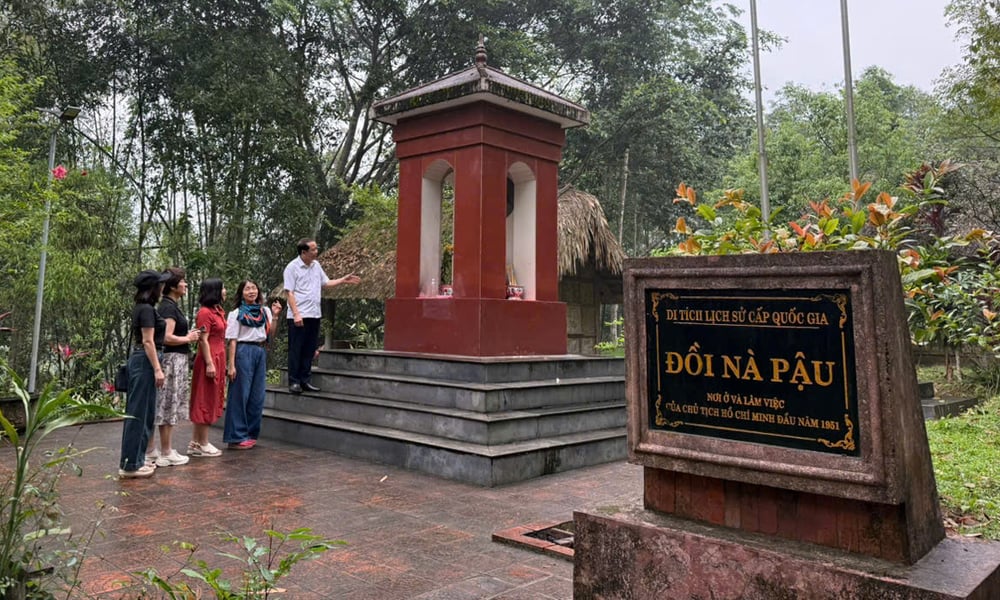 |
| Tourists visit Na Pau relic where Uncle Ho lived and worked in 1951. |
This land welcomed and sheltered the Central agencies and the highest leaders of the Party and State. From 1947 to 1951, Uncle Ho lived and worked in Ban Ca, Na Quan (Binh Trung commune), Na Pau (Luong Bang commune). Cho Don district also witnessed the presence of comrade Truong Chinh, General Secretary of the Central Executive Committee of the Party in Khuoi Linh (Nghia Ta commune); Prime Minister Pham Van Dong in Khau Ma hill (Luong Bang commune); Na Quan hamlet (Binh Trung commune) was chosen as the location for the Central Party hall from 1947 to 1952, where the Border Campaign summary conference took place.
During the period from 1947 to 1952, most of the Central agencies were located in Cho Don district such as: Voice of Vietnam , Radio Agency, Military Technical Department, Military Political School, Military Weapons Factory, National Salvation Newspaper Printing Factory, Military Medical Surgery Station...
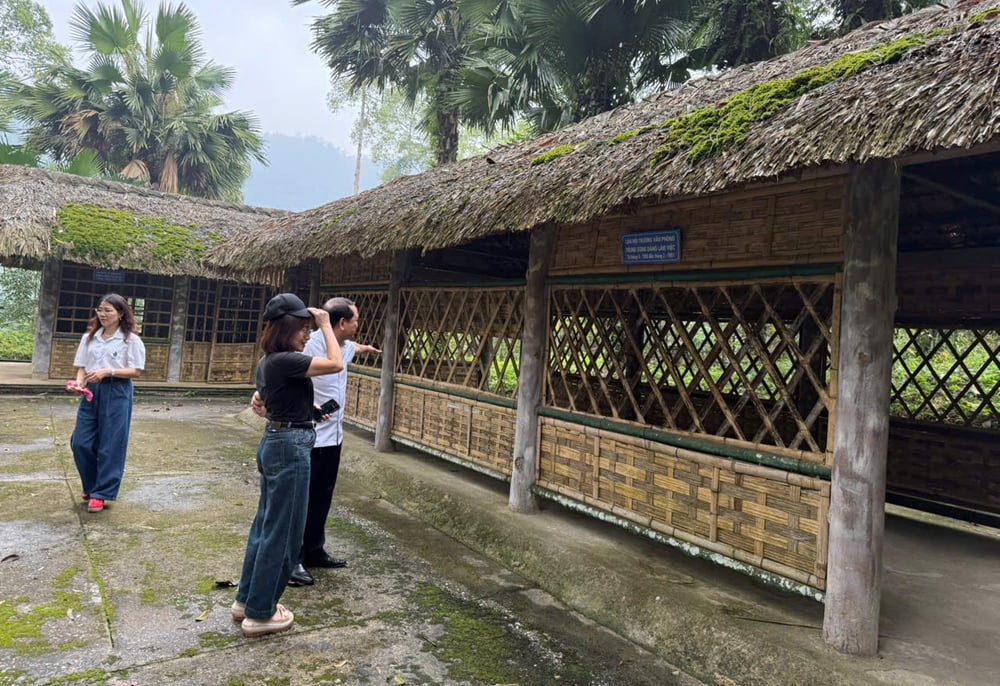 |
| Visit Na Pau relic where Uncle Ho lived and worked in 1951. |
On the journey back to the source, visitors cannot help but visit the historical site of Na Pau. In 1947, the Party Central Committee, the Government and President Ho Chi Minh returned to Viet Bac, the cradle of the resistance war against French colonialism. Faced with the enemy's sweeps and terror, the Party, the Government and President Ho Chi Minh had to move to many different locations in the ATK resistance zone to operate. During the period from 1950 to 1951, the Party Central Committee chose the Na Pau area in Ban Thit, now Na Tang village, Luong Bang commune, Cho Don district to build a working hut and also a residence for President Ho Chi Minh and the Presidential Palace Office. There is still a small, simple hut made of bamboo and reed hidden under the forest canopy. 100 meters from Uncle Ho's hut on the hillside, there is a banyan tree and a rock next to a cool stream where Uncle Ho often bathed, rested and fished. The final stop is the Exhibition House built at the foot of Na Pau hill.
During his time in Na Pau, Uncle Ho wrote many letters and congratulatory telegrams to agencies and organizations at home and abroad and issued many important decisions and directives that contributed to the victory of our army and people's resistance war against French colonialism, such as: Uncle Ho sent a letter to the Second National Preparatory Congress of the Party, clearly stating two key issues that needed to be discussed: promoting the resistance war to complete victory and building the Vietnam Workers' Party.
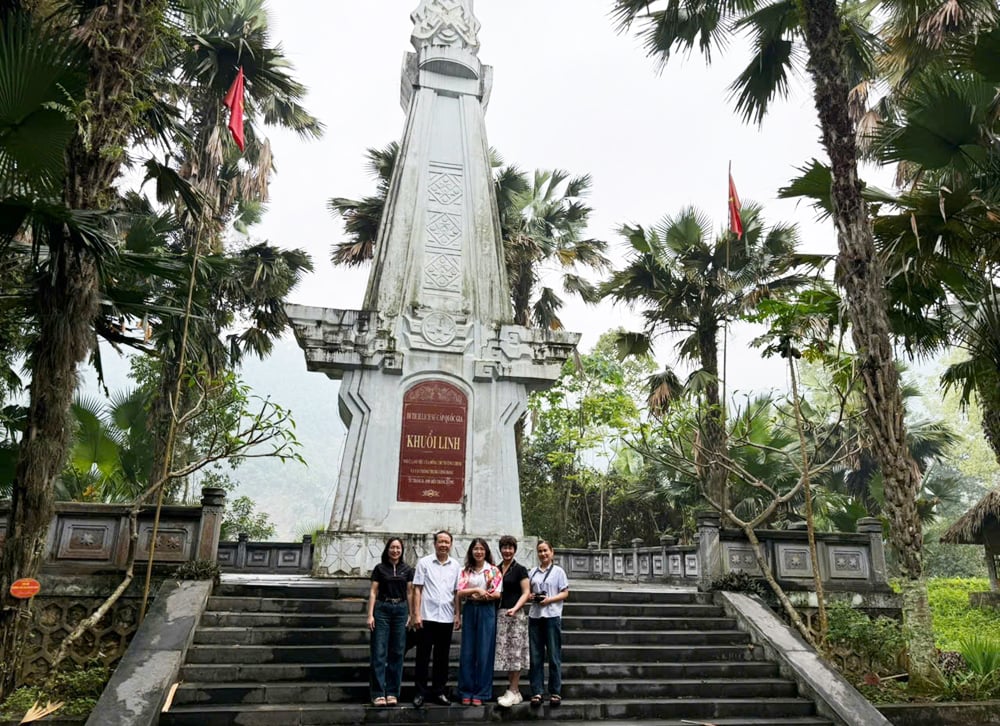 |
| Khuoi Linh Monument. |
Uncle Ho signed a decision to reward the army units that won the Trung Du and Dong Bac campaigns and sent four honorary flags to award to the army units that achieved many achievements and made many outstanding feats.
He signed the decision to release 119 European and African prisoners of war, and at the same time issued instructions to provide clothes and ensure the safety of this group of prisoners when they returned home.
Uncle Ho sent a letter to the Department of Popular Education and informed them that the Department had been awarded the Resistance Medal, and reminded them: “What must be done in the recent past, all Vietnamese people from 8 years old and above must be able to read and write”. Here at the end of January 1951, Uncle Ho wrote a poem wishing the people of the whole country a Happy New Year of the Cat, published in the newspaper Cuu Quoc, and welcomed the New Year of the Cat with the people of all ethnic groups in Cho Don district.
On the afternoon of February 7, 1951, Uncle Ho left Na Pau to attend the 2nd National Congress of the Party in Chiem Hoa district (Tuyen Quang).
Not far from Na Pau is the historical site of Khuoi Linh in Na Deng Village, Nghia Ta Commune. This was the place where comrade Truong Chinh and the Central Party Office lived and worked in 1950-1951. In 1949, our people's resistance war against the French colonialists entered a new phase, which was preparing for a general counterattack, to quickly bring the resistance to complete victory. In the face of the above situation, to prevent the enemy from madly resisting and attacking the center of our headquarters, the Central Party secretly built a reserve base in the area south of Cho Don. In August 1950, when we were preparing to launch the Border campaign, comrade Truong Chinh and the Central Party Office moved from Phu Dinh (Dinh Hoa) to Khuoi Linh. This is a location close to Na Pau, where Uncle Ho lived and worked, Khau Ma Hill, where comrade Pham Van Dong lived and worked, and the Government Office, the Ministry of National Defense in Na Phay, Binh Trung commune... Here, General Secretary Truong Chinh, together with the Party Central Committee, led the Border Campaign in 1950 until the day of victory, and at the same time prepared all aspects for the 2nd National Party Congress. After the enemy withdrew from Thai Nguyen, the threat of the ATK area was no longer there, and he and the Party Central Committee Office returned to their old residence.
With such important historical value, historical sites in the ATK Cho Don National Special Relic Complex have long become red addresses for tourists on their journey to visit historical sites, thereby fostering the patriotic tradition and revolutionary fighting spirit of our ancestors for future generations.
Source: https://baobacgiang.vn/di-tich-quoc-gia-dac-biet-atk-cho-don-dia-chi-ve-nguon-postid418358.bbg


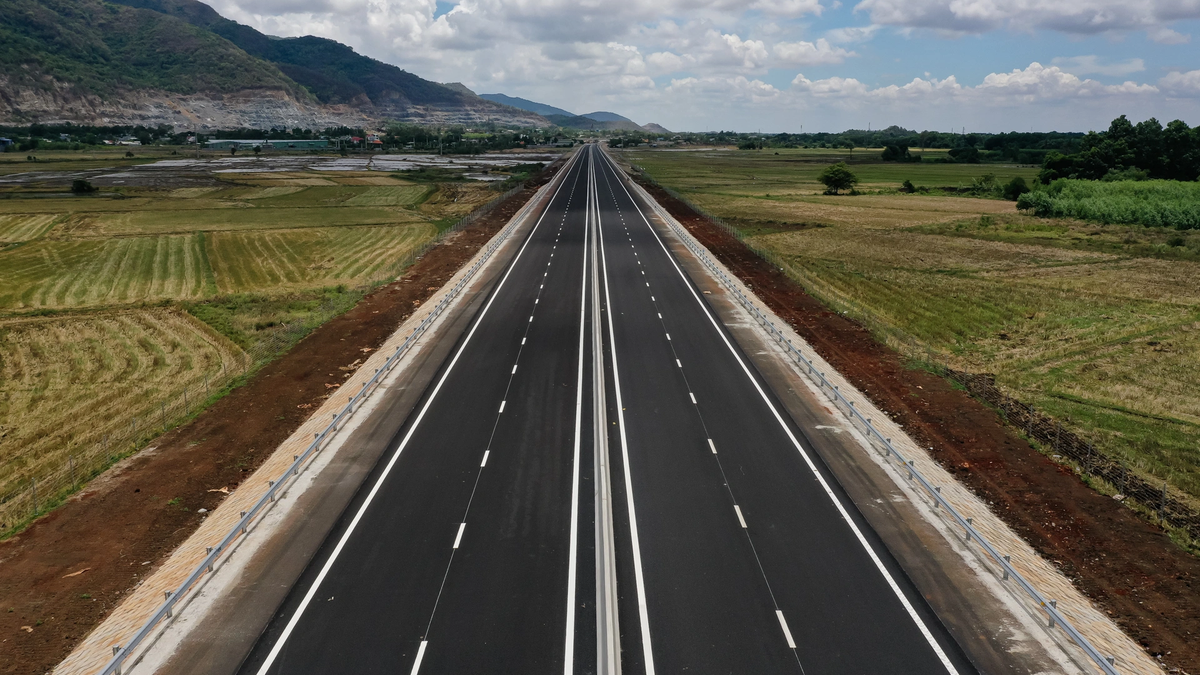
![[Photo] Party and State leaders attend the special art program "You are Ho Chi Minh"](https://vphoto.vietnam.vn/thumb/1200x675/vietnam/resource/IMAGE/2025/5/18/6895913f94fd4c51aa4564ab14c3f250)
![[Photo] Special flag-raising ceremony to celebrate the 135th birthday of President Ho Chi Minh](https://vphoto.vietnam.vn/thumb/1200x675/vietnam/resource/IMAGE/2025/5/19/1c5ec80249cc4ef3a5226e366e7e58f1)
![[Photo] Party and State leaders visit President Ho Chi Minh's Mausoleum](https://vphoto.vietnam.vn/thumb/1200x675/vietnam/resource/IMAGE/2025/5/19/d7e02f242af84752902b22a7208674ac)

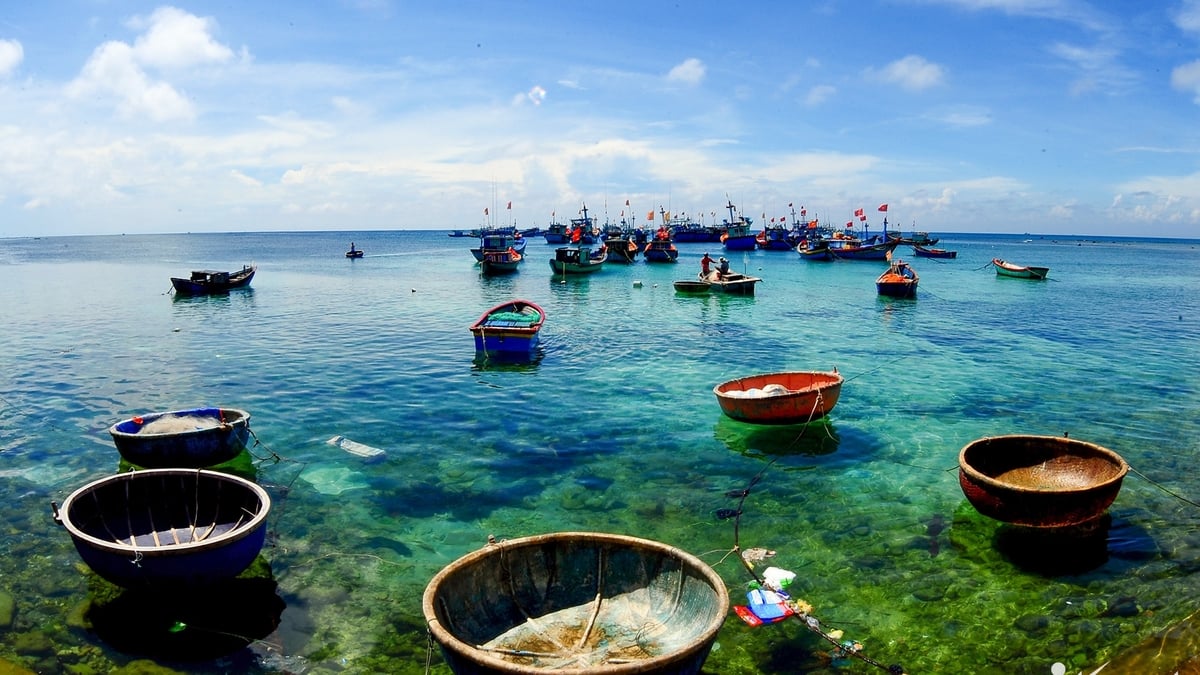
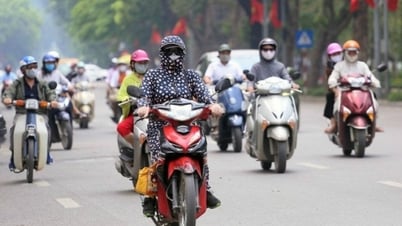

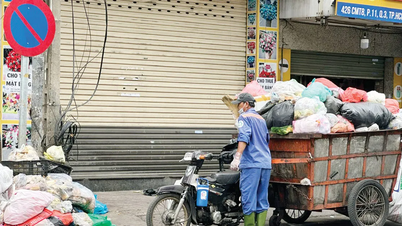

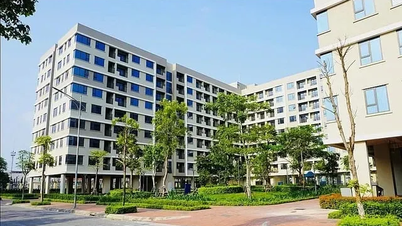
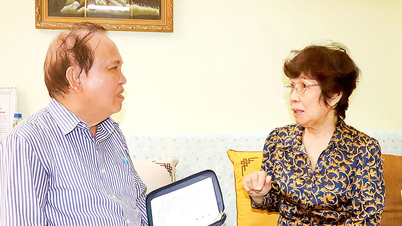
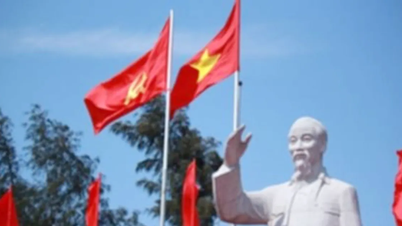
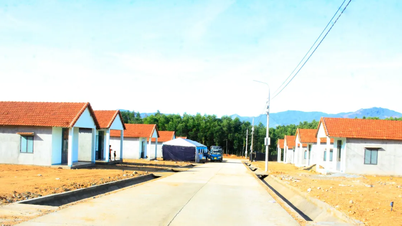




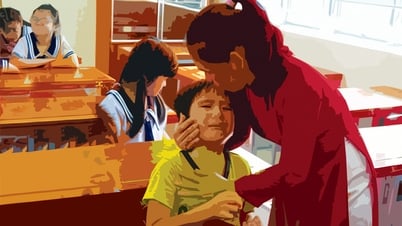
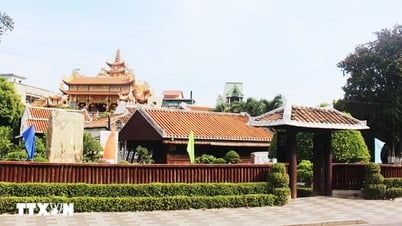
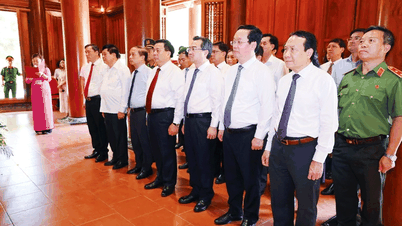
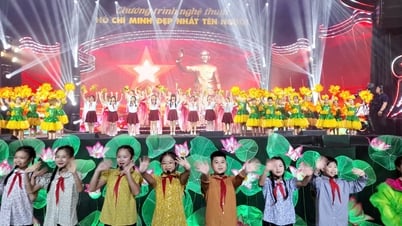
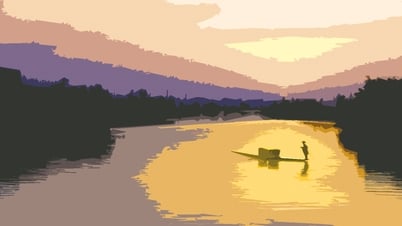
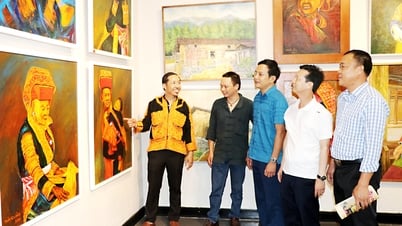
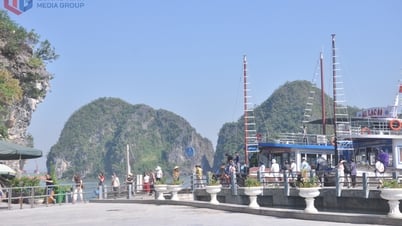



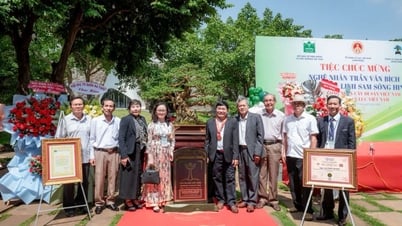










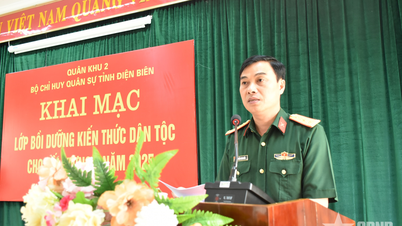
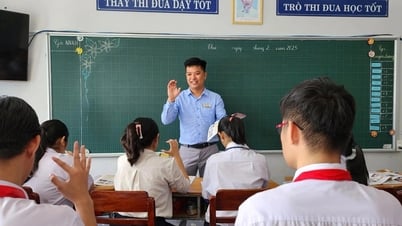

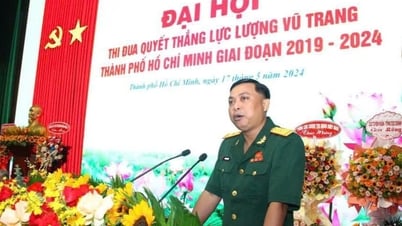

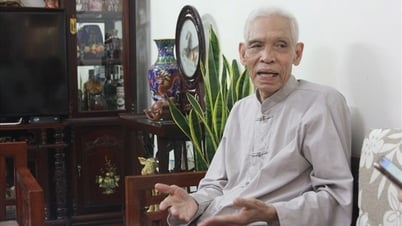

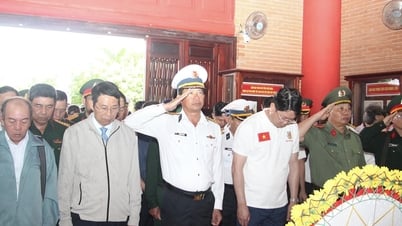

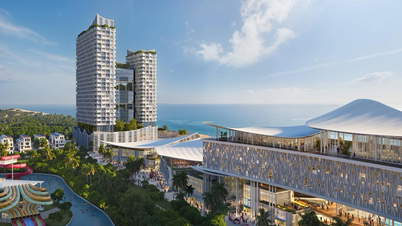

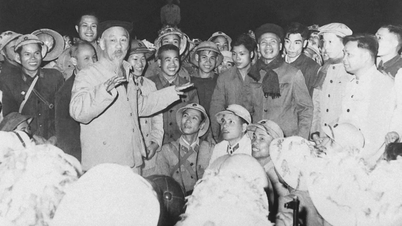
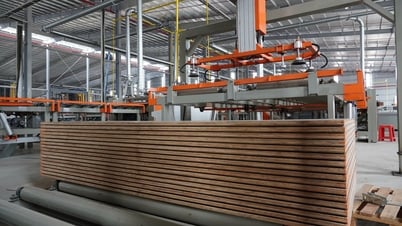
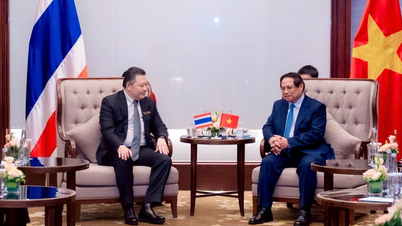
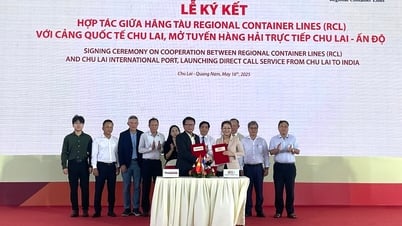





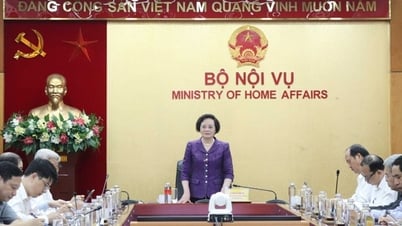

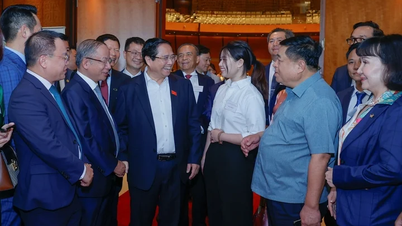

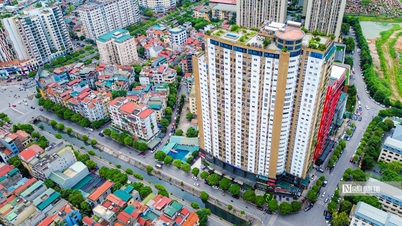

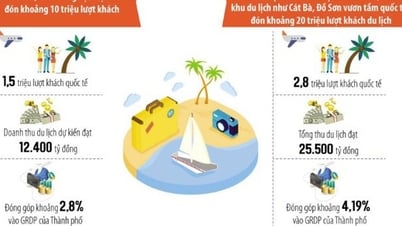
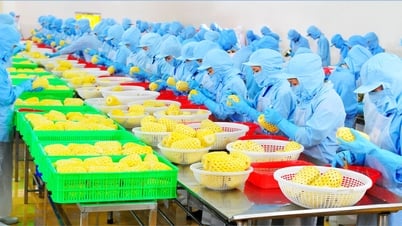


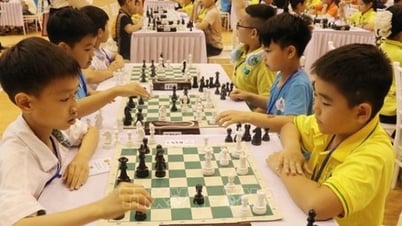
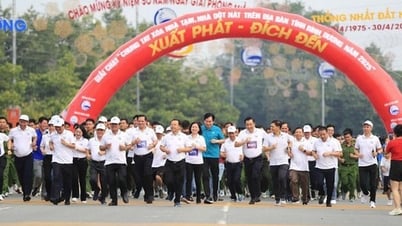
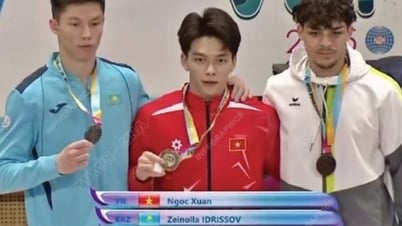
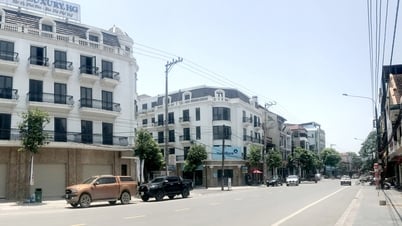

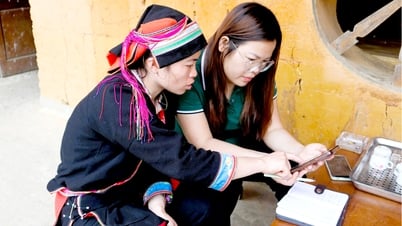


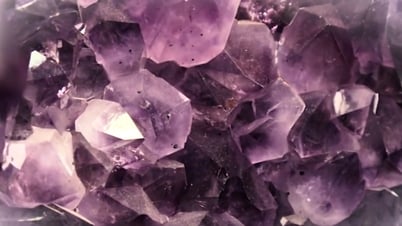







Comment (0)